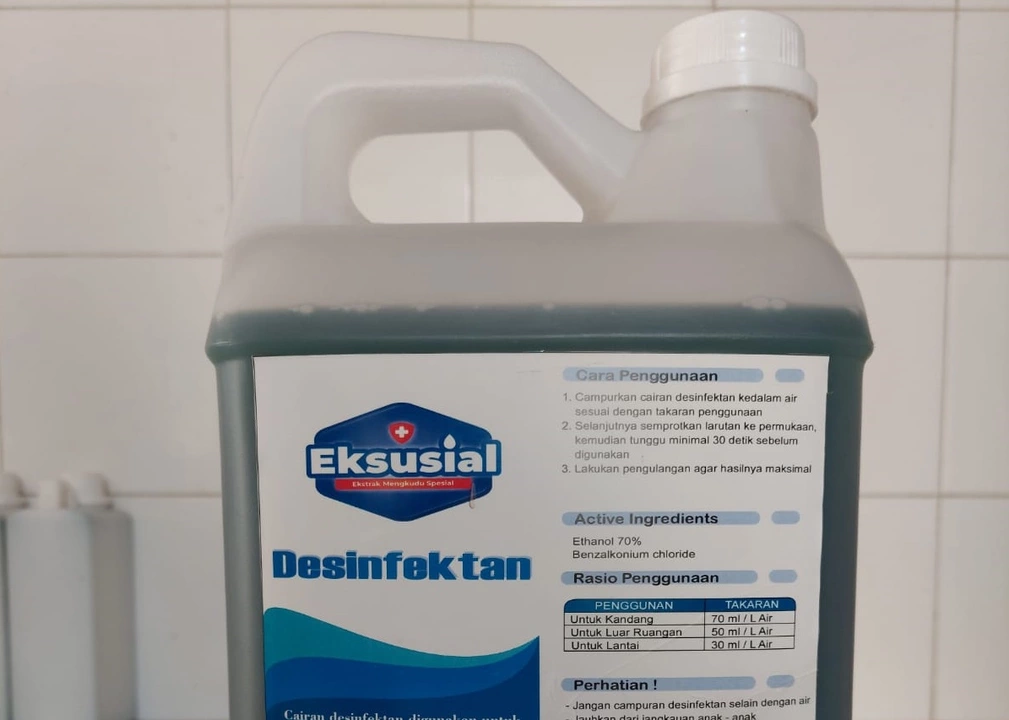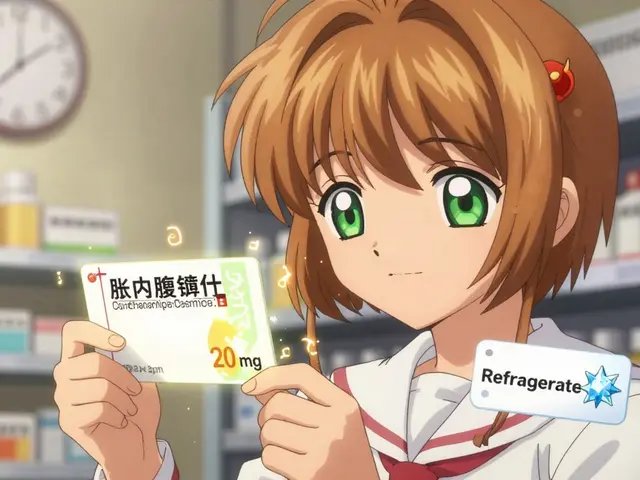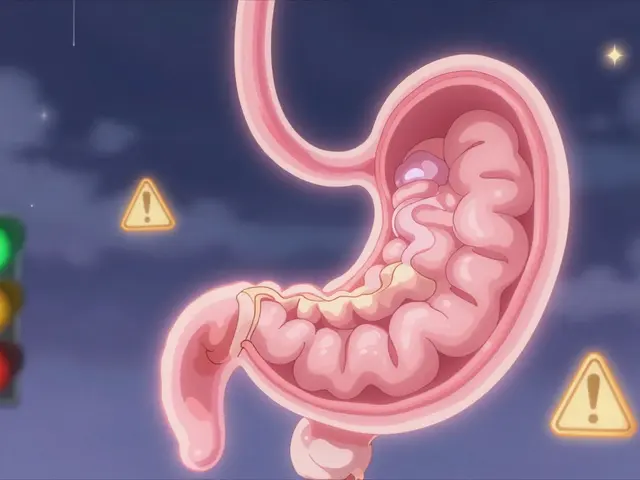Disinfectant basics you can actually use
Need to kill germs without guessing? Disinfectants are for surfaces and objects — not a replacement for handwashing. Use the right product at the right strength, and follow the label. That’s the simplest way to get results and keep your family safe.
Which disinfectant for which job
Here are the common options and where they work best:
Bleach (sodium hypochlorite): Cheap and powerful. For routine surface disinfection, aim for about 0.1% (1000 ppm). If your household bleach is 5%–6%, that’s roughly a 1:50 dilution (1 part bleach to 49 parts water). For blood or heavy contamination use 0.5% (about 1:10 dilution). Always mix fresh and never combine bleach with ammonia or acids — dangerous gases can form.
Alcohol (ethanol or isopropyl): Use 60%–80% solutions for small surfaces and electronics. 70% is a good rule of thumb for wipes and sprays. Alcohol works fast and evaporates, so it’s great for things that can’t stay wet long.
Hydrogen peroxide: Many ready-to-use sprays at about 0.5% are effective and safer on some surfaces than bleach. It breaks down into water and oxygen, so it’s less corrosive.
Quaternary ammonium compounds (quats): Found in many household disinfectant sprays and wipes. They’re easy to use and mild on surfaces, but follow contact time on the label — effectiveness depends on leaving the surface wet long enough.
Practical tips: contact time, surfaces, and safety
Always read the product label. Contact time (how long the surface must stay wet) varies from 30 seconds up to 10 minutes. Wiping a surface dry after 10 seconds won’t do the job.
Think about the surface: porous materials (carpet, fabric) are hard to disinfect — cleaning is better than disinfection for those. Nonporous surfaces (doorknobs, counters, phones) are where disinfectants work best.
For hands, use soap and water for 20 seconds. If you need sanitizer, pick one with at least 60% ethanol or 70% isopropyl.
Safety first: ventilate the room, wear gloves if you might irritate your skin, and store chemicals away from kids and pets. Never mix products. Rinse food-contact surfaces if the label says to do so.
Electronics: use alcohol wipes with 70% alcohol and don’t soak ports or screens. For laundry, hot water and detergent are primary; add bleach only when the care label allows it.
Want products proven to work against specific pathogens? Look for EPA registration and, when relevant, EPA’s List N for disinfectants effective against viruses like SARS-CoV-2.
Pick the right disinfectant, follow the label, and protect yourself while cleaning. Small habits—correct dilution, proper contact time, and good ventilation—make disinfecting work.
How benzalkonium chloride/zinc oxide is used in the cleaning industry
As a blogger, I've come across some fascinating information about how benzalkonium chloride and zinc oxide are used in the cleaning industry. It turns out that benzalkonium chloride is an effective disinfectant and sanitizer, commonly found in household and commercial cleaning products. On the other hand, zinc oxide is often used as a gentle, natural cleaning agent in products like laundry detergents and surface cleaners. Both of these ingredients not only help to remove dirt and grime, but also play a crucial role in killing harmful bacteria and ensuring a safe, clean environment. It's amazing how these two versatile compounds contribute to the efficacy of the cleaning products we use every day!






